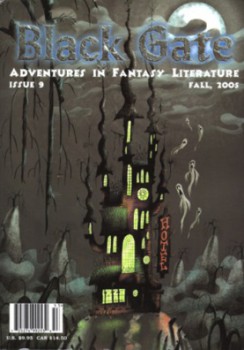Art of the Genre: Maps and World-Building
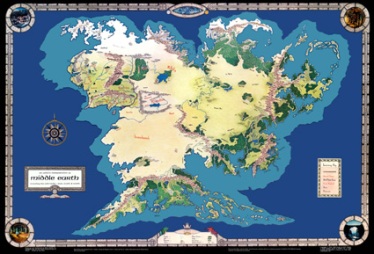
Way back in the day, I remember collecting I.C.E.’s Middle-Earth Role-Playing Game. If anyone ever bought those initial MERP supplements, they know that I.C.E. put a photo collection of what products were available on the back [much like TSR listed their products series on the backs of their early modules]. I was young, probably thirteen of fourteen at the time, and didn’t have much money, but I went out and collected everything represented on the back except three things, two of which were the campaign modules, Umbar Haven of the Corsairs and The Court of Ardor in Southern Middle Earth. Both were VERY early in the production line, probably out of print before I even started collecting, and the final piece was the MERP map set. Years later, I managed to purchase both Umbar and Ardor [actually my wife bought me Ardor after my first professional sale], but even though I’ve studied the image on that back cover a hundred times, and longed for the map beneath, I’ve never laid hands on a copy. The concept of that map laid the groundwork for my love of cartography and maps in general.
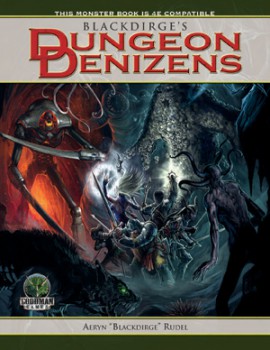
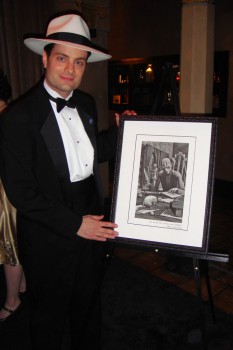
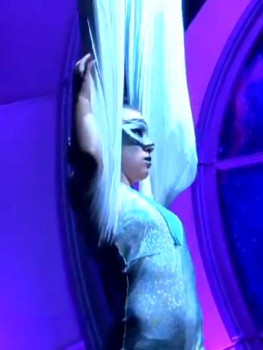 I have returned after a two-week hiatus from Black Gate. It was a — busy time.
I have returned after a two-week hiatus from Black Gate. It was a — busy time.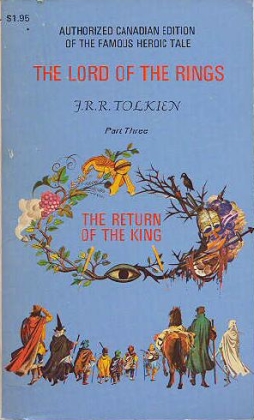 This is the third of three posts on The Lord of the Rings, prompted by a recent re-reading of the book. You can find the first post, looking at Tolkien’s sense of character,
This is the third of three posts on The Lord of the Rings, prompted by a recent re-reading of the book. You can find the first post, looking at Tolkien’s sense of character, 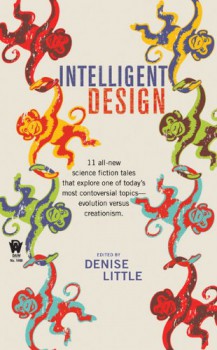 Intelligent Design
Intelligent Design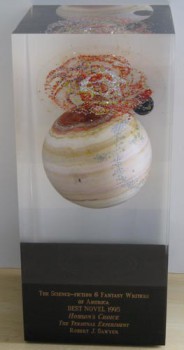
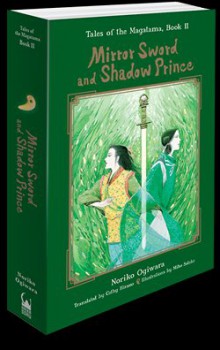 I bumped into the talented Nick Mamatas at the 2010 World Fantasy Convention and discovered that he was editor for the Haikasoru line of translated Japanese fantasy novels for Viz Media. I might be well-read in foundational sword-and-sorcery texts, but I was pretty uninformed about the fantasy of Japan, and what Nick had to say was quite interesting. I was especially curious about a series of books by Noriko Ogiwara, The Tales of the Magatama, which are hugely popular in Japan, and have won numerous awards.
I bumped into the talented Nick Mamatas at the 2010 World Fantasy Convention and discovered that he was editor for the Haikasoru line of translated Japanese fantasy novels for Viz Media. I might be well-read in foundational sword-and-sorcery texts, but I was pretty uninformed about the fantasy of Japan, and what Nick had to say was quite interesting. I was especially curious about a series of books by Noriko Ogiwara, The Tales of the Magatama, which are hugely popular in Japan, and have won numerous awards.
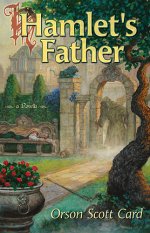 No doubt somewhere someone is writing a vampire series based on Hamlet (there is, alas, a
No doubt somewhere someone is writing a vampire series based on Hamlet (there is, alas, a 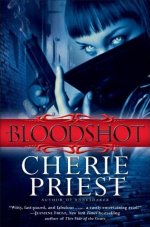 The second is Cherie Priest’s kickoff of an “urban fantasy” (a term which I take to mean “vampires who live and suck blood in cities”) called
The second is Cherie Priest’s kickoff of an “urban fantasy” (a term which I take to mean “vampires who live and suck blood in cities”) called 